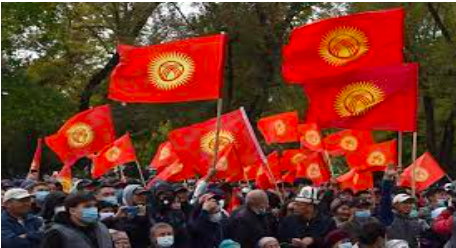Ottoman Art and Culture
Posted on : December 23, 2019Author : AGA Admin

Marika Sardar of New York University observed, “The armature of the empire was instrumental in spreading the central Ottoman aesthetic to many new regions. On the level of imperial patronage, artistic production and design were carefully controlled by various official institutions. The Imperial Corps of Court Architects, founded in the 1520s, was responsible for preparing designs, procuring materials, and maintaining construction books for all buildings sponsored by the Ottoman family and their high officials. The nakkashane, or royal scriptorium, designed the patterns for carpets, tiles, metalwork, and textiles produced in imperial-funded workshops. Governors posted from Istanbul were also important in maintaining a certain level of stylistic homogeneity, as attested by architecture in the neighborhood around the Cairene port of Bulaq, developed under Ottoman patronage, and paintings from late sixteenth-century Baghdad, then under the governorship of Mehmed III’s chief artist Hasan. The Ottoman presence was in many ways limited to the major urban centers, however, and local culture was sustained among the different ethnic communities of the empire, such as the Christians of the Balkans and Armenia and the powerful Jewish and Greek merchants of Istanbul. In the provincial cities, coffeehouses and the homes of aristocratic families became the new centers of cultural exchange, replacing official institutions of learning and religion. Local traditions in the arts continued to emerge even in official projects. Although the essential ground plan of the spacious, domed Ottoman mosque transferred from Istanbul, local interpretations of the plans sent from the capital affected the appearance of the facade or the proportions of the architectural elements. Eastern Mediterranean striped masonry appears at the Süleymaniye Mosque Complex in Damascus (1554–55) and barrel vaults, rather than semi-domes, surround the main dome of the Mosque of the Fisherman in Algiers (1660–61).
(Source : http://factsanddetails.com/asian/cat65/sub424/entry-5259.html)

Singapura/Singapore
Singapore: Merlion sculpture: A symbol of Singapore; it has the head of a lion and the body of a fish.
Singapore Island originally was inhabited by fishermen and pirates, and it served as an outpost for the Sumatran empire of Srīvijaya. In Javanese inscriptions and Chinese records dating to the end of the 14th century, the more-common name of the island is Tumasik, or Temasek, from the Javanese word tasek (“sea”). Rajendra Chola I, ruler of the southern Indian Chola kingdom, attacked the island in 1025, and there was another Chola raid in 1068. In 1275 the Javanese king Kertanagara probably attacked Temasek when he raided Pahang on the east coast of the peninsula. According to a Chinese traveler, Wang Dayuan, just before 1349 about 70 Tai (Siamese) war boats besieged Temasek for a month but had to withdraw. The Javanese epic poem Nāgarakṛtāgama (written 1365) includes Temasek among the conquests of the Javanese empire of Majapahit. At the end of the 14th century, Temasek fell into decay and was supplanted by Malacca (now Melaka). Yet in 1552 it was still a port of call from which St. Francis Xavier dispatched letters to Goa, and João de Barros described its busy shipping activity in his history Décadas da Ásia (1552–1615). Rajendra may have named the city Singapura (“Lion City”), later corrupted to Singapore, or the name may have been bestowed in the 14th century by Buddhist monks, to whom the lion was a symbolic character. According to the Sejarah Melayu, a Malay chronicle, the city was founded by the Srīvijayan prince Sri Tri Buana; he is said to have glimpsed a tiger, mistaken it for a lion, and thus called the settlement Singapura.




